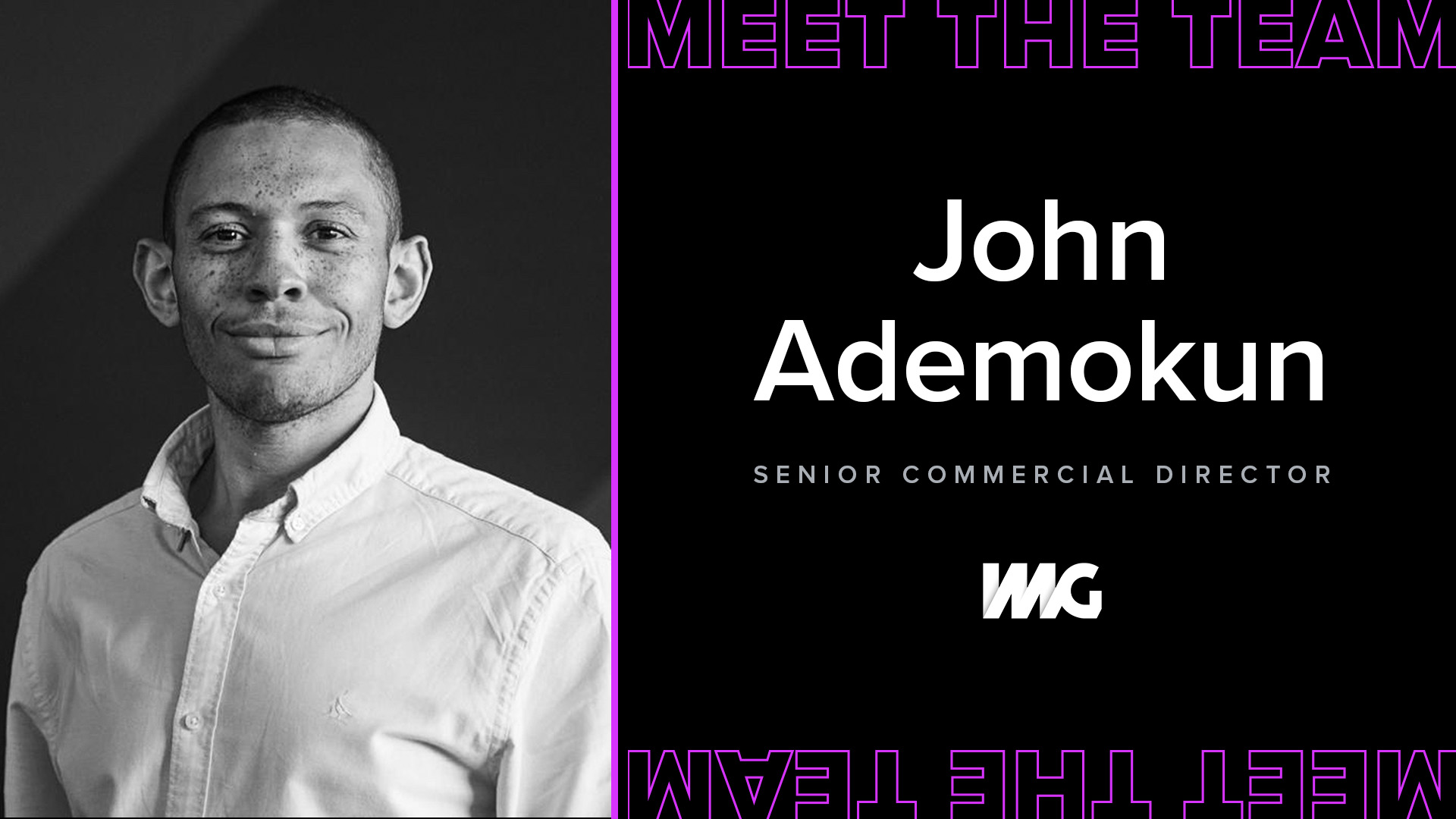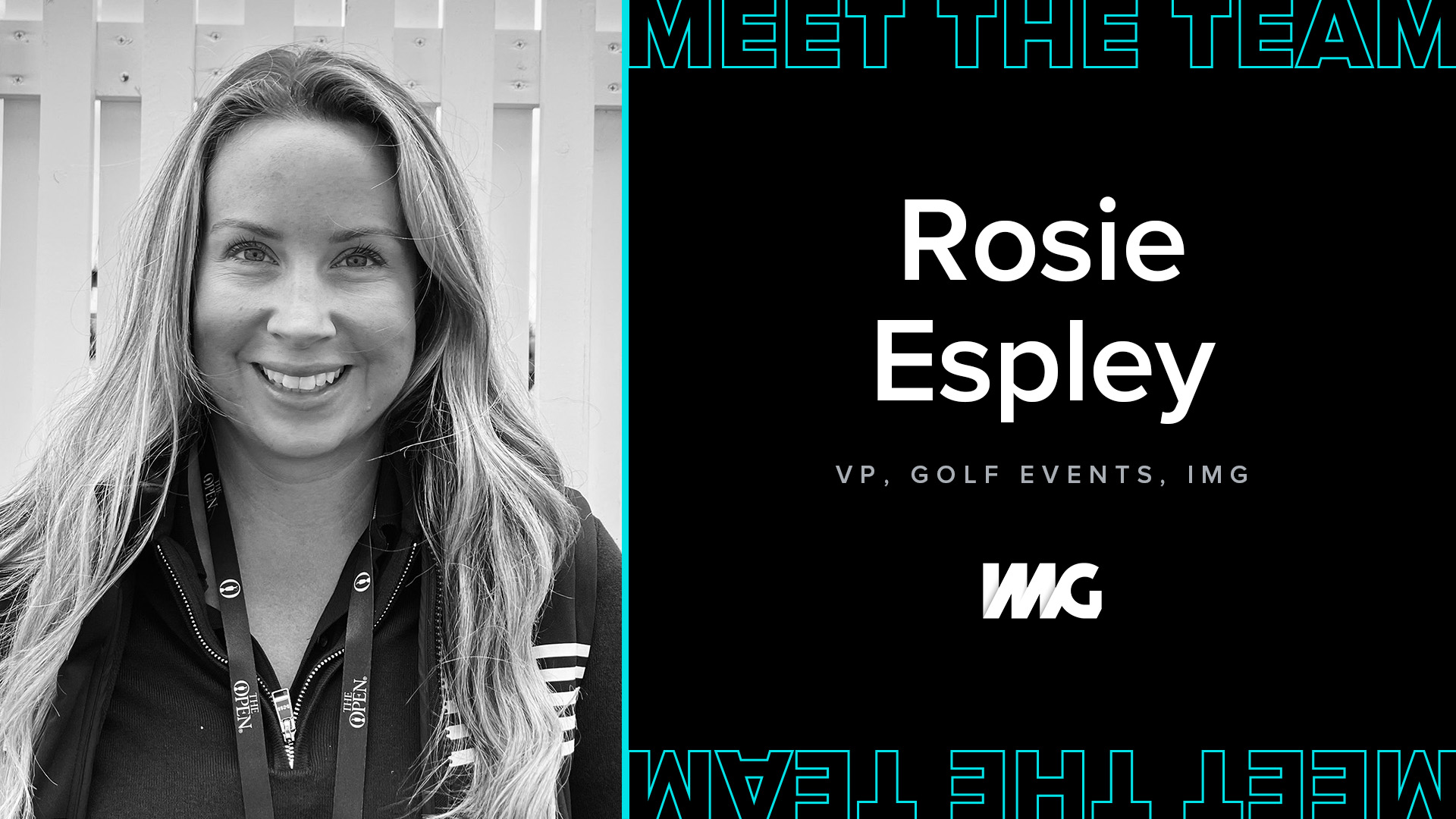
Meet the Team: Jack Winstanley, Producer, Studios
meet the team
09.07.2025
Can you tell us about your role at IMG and what your day-to-day looks like during a major event like Wimbledon?
I’m a producer in the audio team, and for events like Wimbledon the days can be very varied, which is a lot of fun! Typically I’ll produce part of the live output each day alongside a team of producers, which involves research, writing running orders and preparing audio (such as interviews, highlight reels and pre-recorded packages), liaising with the host and commentary team, and then making decisions about where we should be focusing at any one time during the show.
Wimbledon has such a unique atmosphere, how does that shape your approach to capturing and mixing audio on site?
Wimbledon attracts so many different people from the tennis world and beyond, and it’s really important to make sure we tell as many of those stories as possible, capturing as big an array of voices as we can. It’s so important to us to capture all of this atmosphere, and then blend it together with the world-class, on-court action to make everyone around the world feel like they’re right there with us at Wimbledon!
What are some of the key challenges that come with delivering live tennis audio across multiple courts and sessions?
As ever with live sport, you can’t really plan when things are going to happen (or when they’re going to go wrong), so making sure you’re as prepared as possible for several different outcomes is crucial. Sometimes that can be as simple as three matches finishing at the same time.
In this instance, communication is key to relay the decision of which court you’ll take commentary from live, and which one (or ones) you’ll record the winning moment from to play in shortly after it’s happened. This is where our fantastic team of audio editors come in, who are constantly keeping across all the scores to identify key moments, and helping to turn around commentary and updates from the vast amount of tennis action happening all over Wimbledon.
Wimbledon is a high-profile moment — but what’s a standout memory or achievement from your career so far that really stuck with you?
Wimbledon is pretty high up the list – to work on such an iconic event is something all sports fans would dream of, and I’ve been lucky enough to attend several times now. Away from Wimbledon, it would probably be working at the 150th Open at St Andrews when producing The Open Radio. Listening to one of our legendary golf commentators Ron Jones describe the moment Tiger Woods came down the 18th, walked over the Swilcan Bridge for most likely the final time, and hearing the rapturous applause of the crowd is something that still sends shivers down my spine. Helping to bring the story of that entire Championship to life was super special.
When things don’t go to plan (as they sometimes don’t in live production), what’s your approach to staying calm and problem-solving under pressure?
For me, it’s about thinking in small chunks of time to slowly and calmly get yourself out of the situation. What does the next 10 seconds look like to buy you some thinking time? What can we do in the next 30 seconds after that? Then the next couple of minutes and so on until you’ve worked your way out of the problem.
All the teams I work in have some of the best production, technical and on-air talent in the industry too, which also gives you complete trust that you’re surrounded by people who will help you problem-solve too, and the reassurance that decades of experience is in the room, many of whom have seen things not go to plan before!
You’ve worked across a variety of live sports and events, what makes tennis production unique from a technical and creative perspective?
Part of it is the volume of matches happening simultaneously, and making sure that editorially you’re following the right story at the right time. From a technical perspective, tennis productions probably have the largest number of sources coming into the production gallery (from presentation positions, to commentary boxes, and roving radio microphones) and that involves lots of planning and rigging from our sound engineers to make sure it all works for the 150+ hours we’re on during the Wimbledon fortnight.
Editorially, it’s then about making sure you utilise all those roles to immerse the listener fully in both the scale and intricacies of tennis tournaments, which takes a lot of planning from the whole team.
How did you first get into audio production, and what led you into the world of live sport?
I started out in audio production at university with the student radio station, initially as a hobby, before realising I could actually turn it into a career! A couple of weeks after graduating I joined BBC Radio Berkshire’s sports team to help produce the station’s coverage of the Rio 2016 Olympics (specifically of the Team GB rowing team). After this, I went on to produce, present, commentate and report on shows across the station from football to horse racing, general elections to royal weddings.
After 6 years at the BBC, I applied to join IMG because I recognised it would give me the opportunity to work on some of the biggest sports events in the world – something that has very much come true!
For someone hoping to follow a similar path, what skills or traits do you think are most valuable in technical production roles like yours?
As we’ve discussed, being calm under pressure is really important, not only for when things don’t go to plan, but even when they go too well – covering live sport can mean lots of great stories happening at once, and having a clear head to make decisions even when there’s a lot going on around you is vital.
Trying to broaden your skillset wherever possible is important, too. Being able to edit audio and video, self-shoot with a camera out in the field and live produce sports output, for instance, is something that will make you stand out in an industry that’s constantly evolving to new trends and innovating all the time.
What changes or innovations have you seen in sports audio in recent years, and how have they influenced your work?
I went to an industry event last year where someone from one of the biggest audio streaming companies in the world posed the question: “When did audio become all about video?”
It drew laughter in the room but encapsulated perfectly the journey sports audio has been on in the last 5 years or so. Now, when producing a sports podcast, for example, an accompanying video product (such as full visualised version of the podcast for YouTube) or a big social media presence with vertical clips is not only expected, but vital to a project’s success.
This has meant rethinking how we produce and package up our audio content for all our clients to provide a more holistic experience for the listener or viewer and ensure they can access what we’re making in the way they want to consume it, on the platform most used by them.
Finally, what’s the most rewarding part of your role – especially during a tournament as iconic as Wimbledon?
Hearing from listeners all over the world who are enjoying the coverage is hugely rewarding, and being able to walk away from an event knowing you were part of the team that delivered that coverage, covering all the twists and turns of life sport, is a feeling that’s hard to match.
Quick Fire Round
Most played track on your playlist right now?
Blessings – Calvin Harris & Clementine Douglas
Post-event go-to snack or meal?
A big bowl of pasta!
Favourite film of all time?
Darkest Hour
Early call time or late wrap — which do you prefer?
Late wrap for sure!
You can learn more about our Studios and Production services here.


